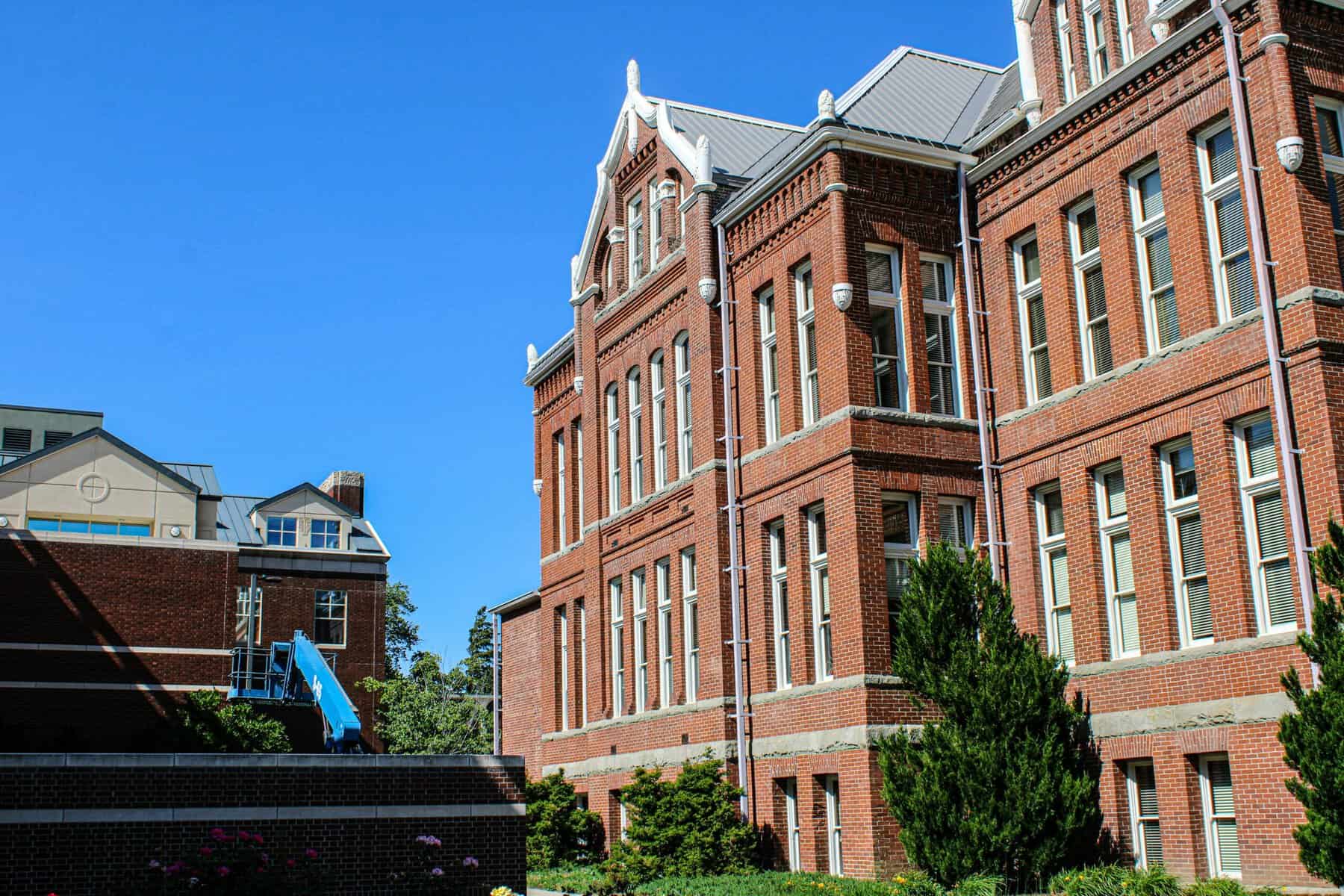Updated on August 30th, 2024
When tuition bills arrive, many parents and students wonder where all that money actually goes. As college costs continue to rise, understanding how colleges spend these funds and the various sources of college funding can offer some clarity.
Scholarships are an ideal way to cover the cost of college without student loans. If you and your student want to learn more about scholarships, sign up for our free college scholarship webinar! Take a quick trip over to http://thescholarshipsystem.com/freewebinar to reserve a spot today.
Both public and private universities have complex budgets that cover everything from classroom instruction to campus maintenance. While the investment is substantial, knowing how every dollar supports a student’s education can provide valuable insight into the true cost of a college degree.
 The Rising Cost of Higher Education
The Rising Cost of Higher Education
Factors Contributing to Increasing Costs
Over the past few decades, the cost of obtaining a four-year undergraduate degree has skyrocketed, with tuition, fees, and room and board increasing by a staggering 169% between 1980 and 2020.
As higher education institutions face rising operational costs, including faculty salaries, facility maintenance, and technological advancements, these expenses are often passed on to students through higher tuition revenue. The rapid escalation in tuition rates has outpaced even healthcare costs, leading to a significant burden of student loan debt, now the fastest-growing segment of U.S. household debt.
How Colleges and Universities Allocate Funds
National Trends in Higher Education Spending
Over the past decade, national trends have shown a steady increase in tuition rates nationwide, prompting higher education policymakers to examine how institutions allocate their resources. As tuition continues to rise, there is a growing focus on understanding the relationship between spending, tuition, and graduation rates.
Higher education institutions face pressure to justify these rising costs, leading to more transparent reporting and analysis of spending patterns. The precise reasons do vary from one college or university to the next. However, some commonalities include the need to keep educator salaries competitive, supporting technological advances to support remote learning, increasing administrative burdens, more marketing spend, and more.
Allocation of Funds to Various Departments and Services
Colleges and universities allocate tuition dollars across various departments and services essential to the student experience. A significant portion of these funds supports faculty and staff salaries, ensuring that students receive quality instruction and mentorship.
Maintaining campus facilities, such as classrooms and laboratories, also requires substantial investment. Beyond academics, funds are also directed toward auxiliary or student services, including housing, dining, and healthcare, which are critical to students’ daily lives. Many institutions rely on the revenue from these services to supplement their educational budgets, striking a balance between providing essential resources and managing operational costs.
Private Colleges: A Different Financial Landscape
How Private Colleges Differ from Public Institutions
Private universities and colleges operate within a unique financial landscape compared to public universities. While public institutions often receive state funding, private ones rely heavily on tuition revenue and donations to cover expenses. To attract students (as well as retain them), many private institutions offer discounted tuition rates and scholarships, helping to boost enrollment while managing their financial needs.
These colleges spend substantial resources on faculty salaries, benefits, and state-of-the-art facilities. Additionally, investments in technology, campus infrastructure, and student services are essential to maintaining a competitive edge in attracting undergraduate and graduate students in a highly competitive academic market.
What Does College Tuition Pay For?
The Many Expenses Covered by College Tuition Pay
College tuition covers a wide range of expenses essential to delivering a quality education, but it does not encompass all costs. The actual cost of providing educational services often exceeds what students pay, especially since most students receive financial aid. Here are some key areas most universities spend tuition dollars on:
- Faculty and staff salaries and benefits
- Classroom and laboratory maintenance
- Student support services, including counseling and academic advising
- Technology and infrastructure updates
- Campus facilities, including libraries and recreational centers
- Scholarships and financial aid programs
- Administrative costs
- Research Projects
- And other expenses
These expenses highlight the multifaceted nature of funding a comprehensive educational experience for students.
Making Sense of College Tuition
Navigating the Complexities of College Tuition
Understanding college tuition can be challenging, but recognizing the difference between the sticker price and the net price can help parents better plan for the cost of their student’s college education.
The published sticker price is often not what students pay, thanks to scholarships, grants, and financial aid from federal, state, and institutional sources, which are all part of the broader college funding landscape. Plus, many four-year colleges offer significant financial aid assistance, reducing the net price for students. In some cases, families can even negotiate tuition discounts, further easing the financial burden.
Conclusion
The Importance of Transparency in Higher Education Funding
Transparency in higher education funding is crucial for parents and students to understand how tuition dollars are allocated. Tools like ACTA’s How Colleges Spend Money provide valuable insights into how four-year colleges and universities allocate resources. This free portal offers data on spending patterns, including administrative costs, instructional budgets, and student tuition, across 1,500 public and private institutions. By enabling comparisons and generating detailed reports, the portal helps higher education leaders and policymakers address financial challenges and promote accountability, ensuring that every dollar spent contributes effectively to students’ educational experiences.
Frequently Asked Questions
What do universities spend the most money on?
Universities spend most of their money on faculty and staff salaries, student services, and campus maintenance. A significant portion also goes toward research, academic programs, and scholarships. These expenses are crucial to maintaining educational quality and supporting students’ academic and personal growth.
How much does a university spend per year?
The annual spending of a university varies widely, depending on its size and scope, but large public universities can spend several billion dollars per year. This includes costs for salaries, research, facilities, student services, and more, all necessary to support educational and operational activities.
How much profit do colleges make from tuition?
Colleges, especially non-profit institutions, typically do not generate profit from tuition. Tuition funds are usually reinvested into the institution to cover operational costs, including salaries, student services, and campus maintenance. However, some private institutions may generate surplus funds, which are reinvested into the university.
Why is out-of-state tuition so expensive?
Out-of-state tuition is more expensive because public universities charge higher rates to non-residents who do not contribute to state taxes. These higher fees help offset the lack of state funding for out-of-state students, ensuring the university can maintain its budget and resources.
Scholarships are an ideal way to cover the cost of college without student loans. If you and your student want to learn more about scholarships, sign up for our free college scholarship webinar! Take a quick trip over to http://thescholarshipsystem.com/freewebinar to reserve a spot today.







Leave a Reply